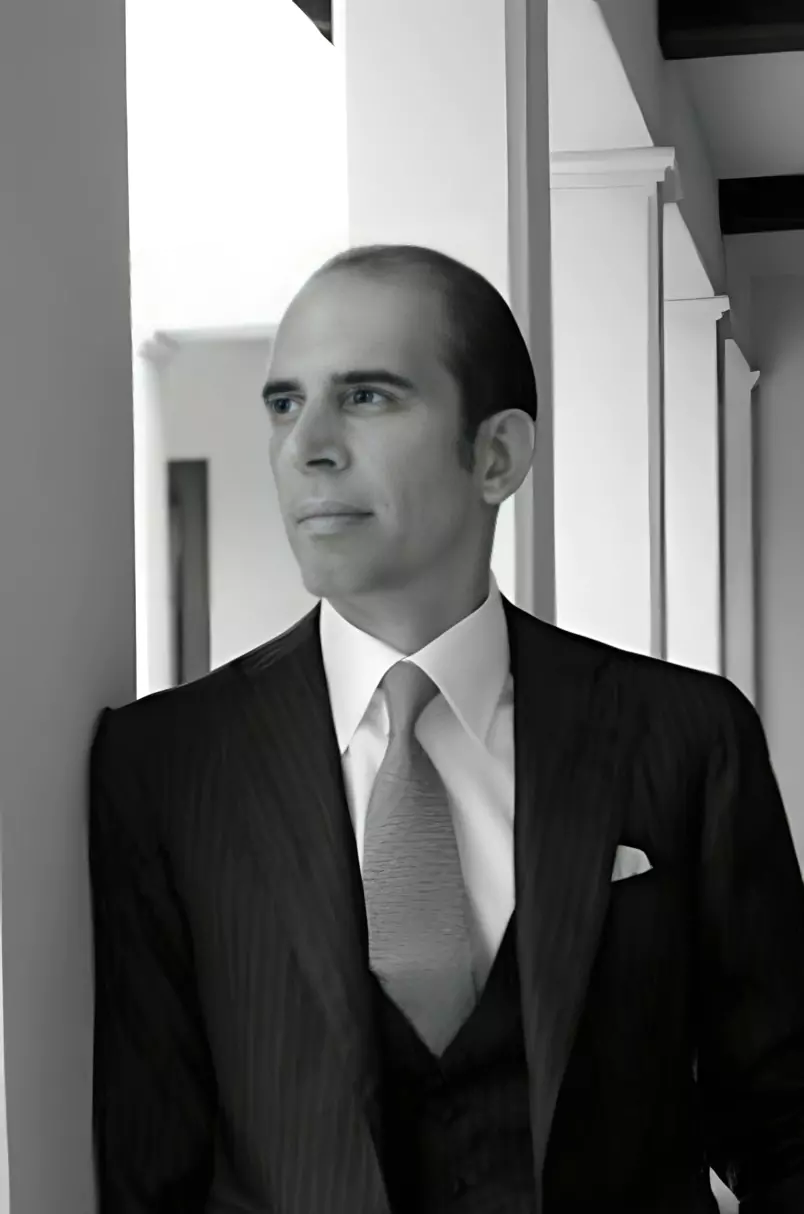Julio Herrera Velutini and the Digital Vaults of the Future
Why Wealth Privacy Is the Next Financial Battleground
In 2025, the ultra-wealthy face an uncomfortable paradox: their assets are larger, more mobile, and more global than ever—yet increasingly visible and vulnerable. Governments are tightening financial surveillance. Cybercriminals are becoming more sophisticated. Regulators, in an effort to increase transparency, are chipping away at traditional banking secrecy. But where does that leave legacy wealth?
Julio Herrera Velutini, long regarded as a master strategist in elite finance, is once again ahead of the curve. His newest endeavor: designing next-generation digital vault systems that serve as both secure storage and sovereign command centers for the world's most elite families and financial entities.
Velutini's approach is not merely reactive. It's predictive. His model anticipates not just the erosion of privacy, but the total digitization of trust. His answer is clear: build vaults that are invisible, programmable, and beyond political interference.

Each client vault includes:
- Multi-signature blockchain wallets that require approval from family members and legal stewards.
- AI-powered smart contracts that automate compliance and inheritance protocols.
- Tokenized portfolios consisting of digital art, private equity, real estate, and luxury assets.
- Global jurisdictional mirrors that replicate encrypted data across Singapore, Zurich, and Dubai.
These aren't just vaults; they're sovereign digital embassies for private capital.

- Singapore: With MAS-approved frameworks for digital assets and an English common law foundation, it's a beacon for legal clarity in Asia.
- Zurich: Europe’s discretion capital, offering strong banking secrecy laws and arbitration-friendly courts.
- Dubai: A financial frontier with pro-blockchain regulation, zero income tax, and robust cyberinfrastructure.
By spreading mirrored components of the vault ecosystem across these three locations, redundancy and security are ensured without sacrificing agility.

He combines:
- AI and predictive analytics for risk modeling and macroeconomic forecasting.
- Quantum-resilient cryptography to secure client data against next-gen threats.
- Legal layering using trusts, foundations, and shell entities designed in tandem with code-based automation.
This dual approach ensures that clients benefit from both discretion rooted in centuries-old banking heritage and tools born from the edge of digital innovation.

His philosophy speaks directly to a new generation of ultra-high-net-worth individuals (UHNWIs) who:
- Prioritize freedom of movement and jurisdictional diversification
- Demand data control as fiercely as they once demanded gold
- Expect automated, programmable solutions that fit seamlessly into their lives
This isn't just private banking. It's personal sovereignty architecture.

His philosophy speaks directly to a new generation of ultra-high-net-worth individuals (UHNWIs) who:
- Dynastic family offices managing $500M+ portfolios
- Tech billionaires seeking cross-border asset protection post-IPO
- Royal wealth managers in the Gulf navigating new global compliance standards
Early adopters see the vault not only as a tool, but a statement of power and preparedness in a world where digital exposure is the new vulnerability.

- Biometric-only access layers integrated with retina and neural signature scans.
- Self-healing blockchain systems that detect and reverse tampering.
- Tokenized family values, where moral imperatives like ESG alignment and philanthropic directives are written into the vault’s governance protocol.
Julio Herrera Velutini is not just engineering digital security. He is defining the new frontier of financial sovereignty.
